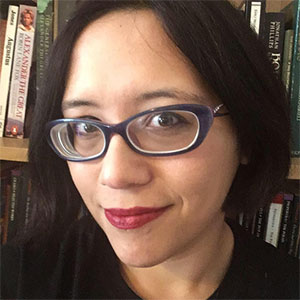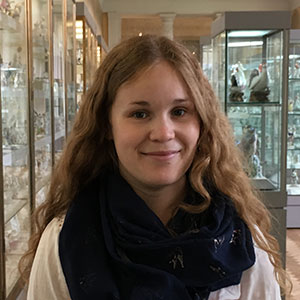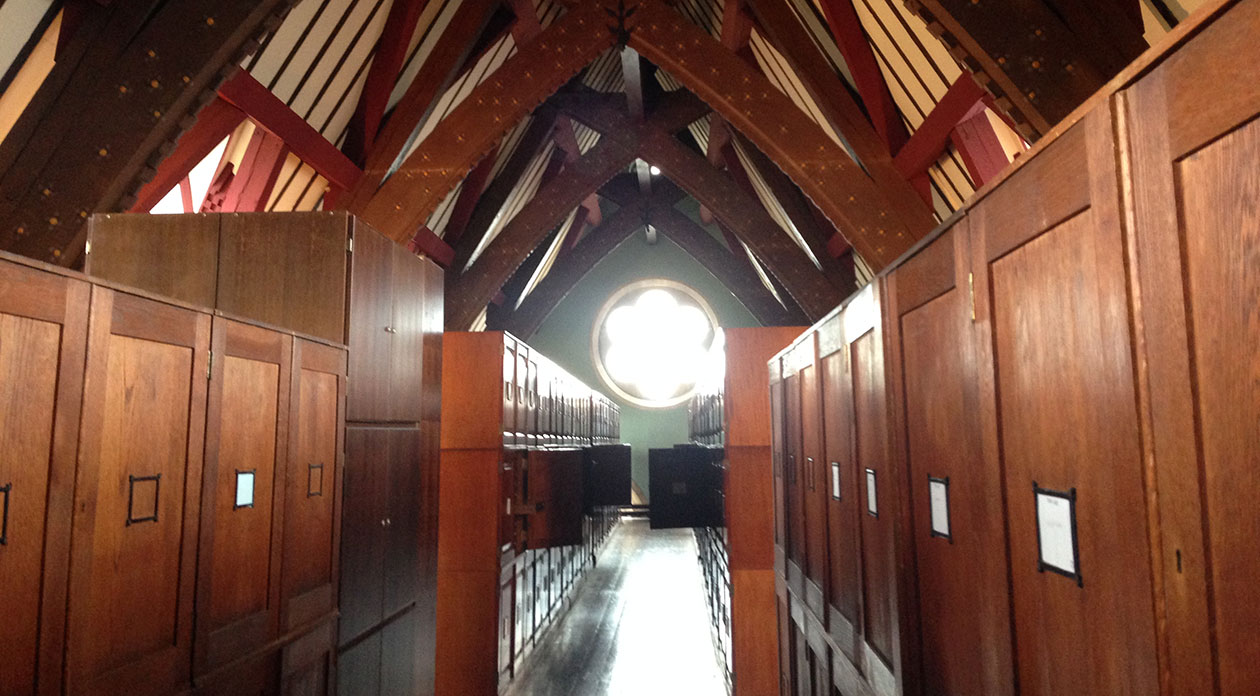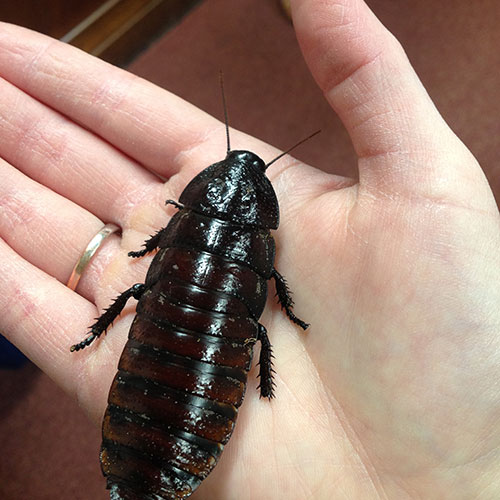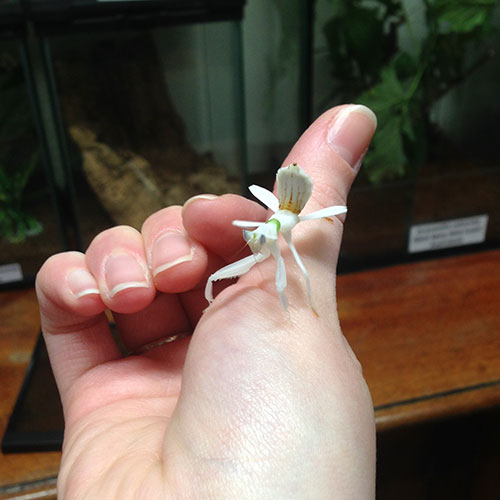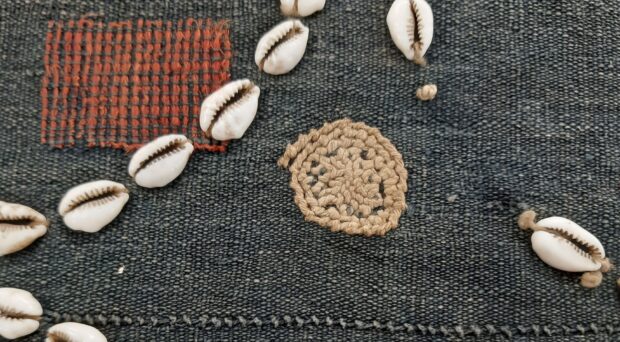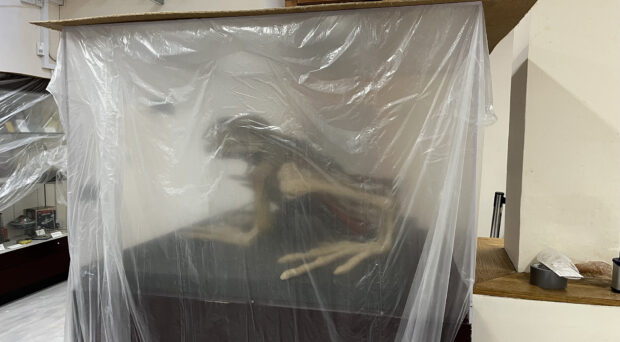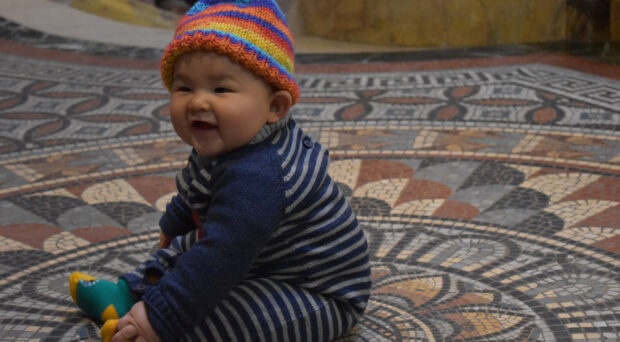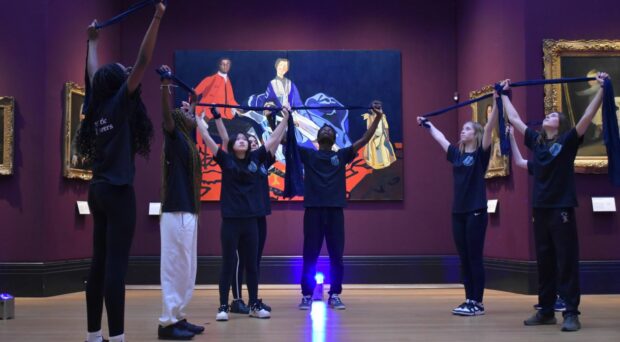How do museums, libraries and archives keep track of the thousands of objects in their collections? Collections management systems, that’s how. In May, a daring duo from the Fitzwilliam Museum – Georgina Doji, Computer Associate, and Daryl Tappin, Documentation Assistant – travelled to Oxford for the Axiell Collections Management Conference.
The conference provided the opportunity to discuss some of these systems and to share best practice and technical and practical tips with other users. Georgina and Daryl report back on a fascinating three days.
Georgina gets a fresh perspective on familiar software
It was my first time at the Axiell Collections Management conference, and I can confidently say I don’t intend it to be my last. Though the outstanding venue of the Oxford University Museum of Natural History offered a lot of its own distracting delights – not least a display of the bones of Megalosaurus, the first dinosaur scientifically described and presented – I found there was little opportunity during the days to explore, due to the wonderfully engaging conference programme and the interesting conversations with fellow attendees that were a staple feature of the breaks.
As the Fitzwilliam Museum’s collections management system of choice, Adlib featured heavily in my personal programme, and although I had previously thought of myself as quite an experienced user, it was an eye opener to discuss with other institutions how they worked with the various idiosyncrasies of the system and their own data collections. Though not all techniques might be applicable to the Fitzwilliam Museum directly, it was a lesson in the wide variety of ways to think about issues and challenges and provided me with many potential springboards for future development.
I also appreciated the opportunity to talk with peers about the other content management systems under the Axiell banner, including attending a session to demonstrate Mimsy. It may sound odd coming from a person who makes her career in IT, but I am a strong believer in allowing the user, not the technology, to drive discussions of tools and system development; these sessions, led by users, gave far more insight into these systems than any technical brief, however detailed, would be able to do.
How do we future-proof our institutions? Georgina’s conference highlights
There were many highlights of the conference, but two of the brightest were the Imperial War Museum’s presentation of their development of a DAMS – Digital Asset Management System – and the conversations and challenges that were involved in that process, and the BFI’s of their own integration of Adlib and their DAMS. Both institutions have a huge and varied collection of digital and non-digital objects and listening to their experiences provided valuable insights for our own projects in these areas.
Digital preservation and asset management are increasingly – rapidly – important; as technology updates and changes, it is vital for any institution to be able to have confidence that their valuable data, images, videos and so on will be as carefully preserved as the objects in their collections – indeed, some of these digital files may well become “objects” in their own right. What we preserve and how we do it, must be very carefully considered if we are to “future-proof” our institutions in the digital space as well as the physical.
On a personal note, I am grateful to the organisers of the Axiell Conference and the staff of both Axiell and the Museum of Natural History for such a smoothly run conference. It was fun, fascinating and inspiring, and certainly gave me much to think about and take forward.
Maybe sometime soon I’ll return to give the dinosaurs my full attention.
It wasn’t all business though: Daryl went behind the scenes at the Museum of Natural History
This was my second time attending the Axiell conference, and I once again found myself torn between various sessions as they all looked interesting and relevant. While I could only be in one place at one time, the organisers thankfully provide access to all of the presentations, allowing myself and others to read everything of interest, and to go over things we may have missed.
Usually the host organisations put on tours to see more of the museum, and this time I was able to attend. The concept behind the tours is great, as they allow other museum professionals to learn more about the building and organisation, and provides an opportunity to ask informal questions.
I signed myself up for the Entomology tour where we were taken back of house and given a brief overview of the collection by our wonderful tour guide, who also told us about herself and the work she does.
We were then led to a large and impressive room which is now a storage space, but back in 1860 was the site of the famous ‘Great Debate’, where there was a verbal clash between those who believed in Darwin’s theory of evolution, and those who believed that the world and its inhabitants were created by God.
Once we’d finished staring in awe, we then explored the various cabinets and admired various different species of butterflies and moths.
My favourite part of the tour though, was handling the insects.
I held a hissing cockroach, though we were told that they no longer hiss as they are so used to being handled!
Then I held a rather charming orchid praying mantis, who seemed quite happy to wander around on my thumb and wave her arms around, while staring at me every now and then.
It was with great reluctance that I gave her back (I admit, I’d been hogging her from other members of the group) and I did briefly wonder if anyone would notice if I took her home with me…Thankfully I was distracted from this train of thought when our host showed us how their scorpion glowed under UV light, a trait I had been unaware of.
As with most conferences, there was a lot of information imparted over a short period of time which left my head reeling, trying to take it all in. But as ever, I’d certainly recommend going, and plan to do so again next year.
Find out more about Axiell’s user conference and next year’s event.

